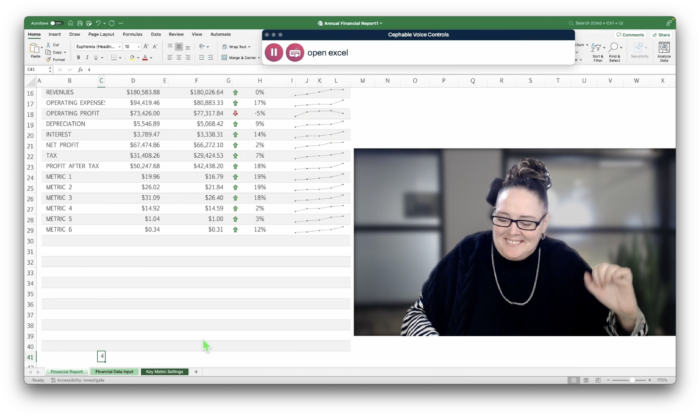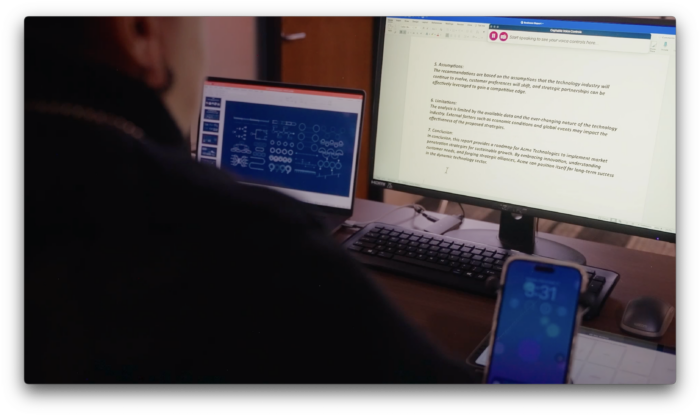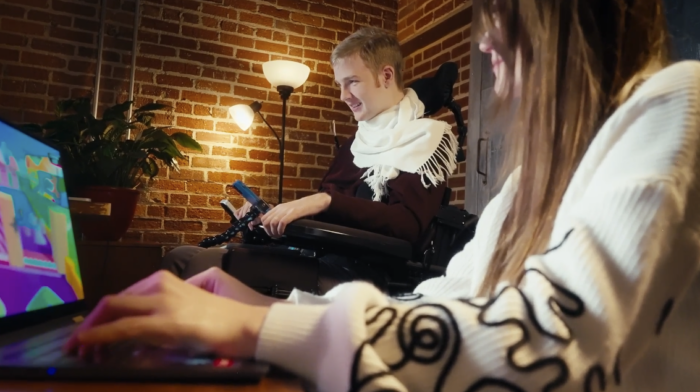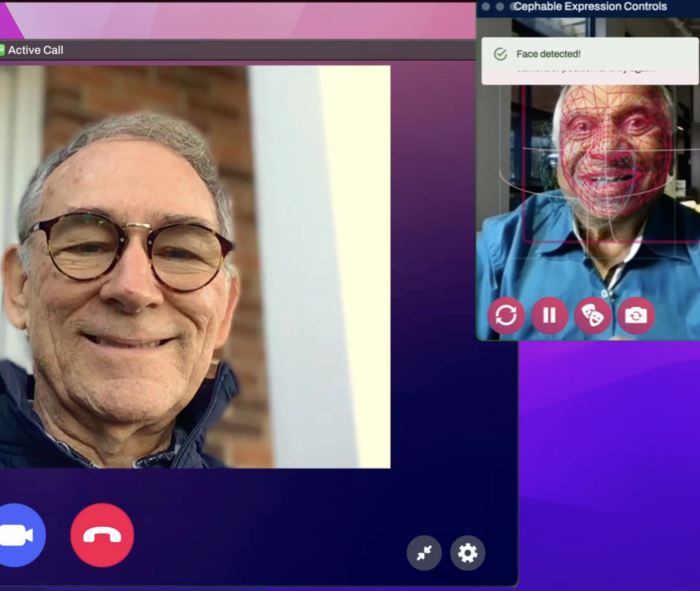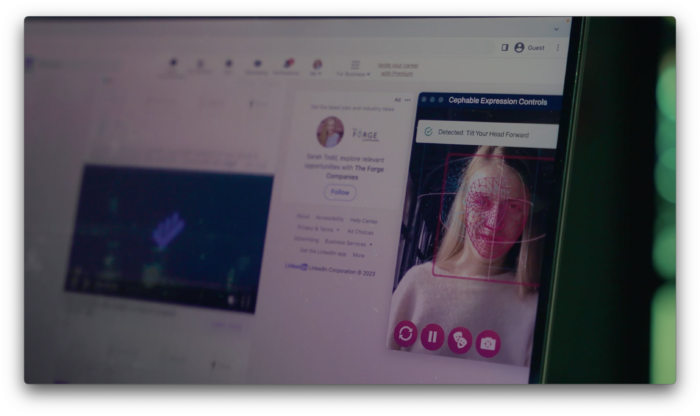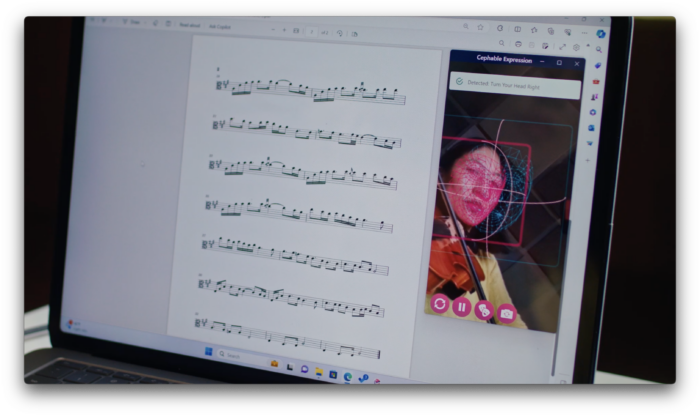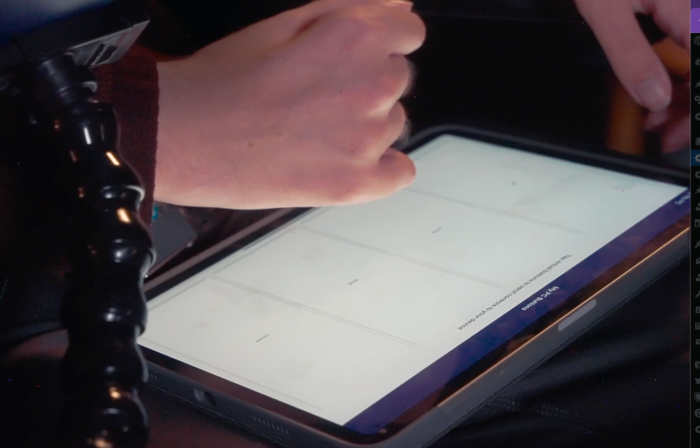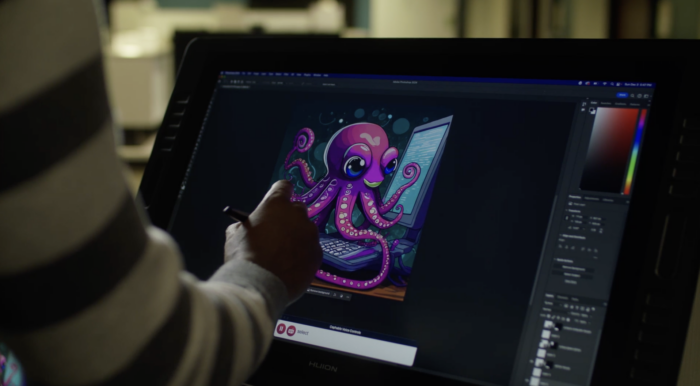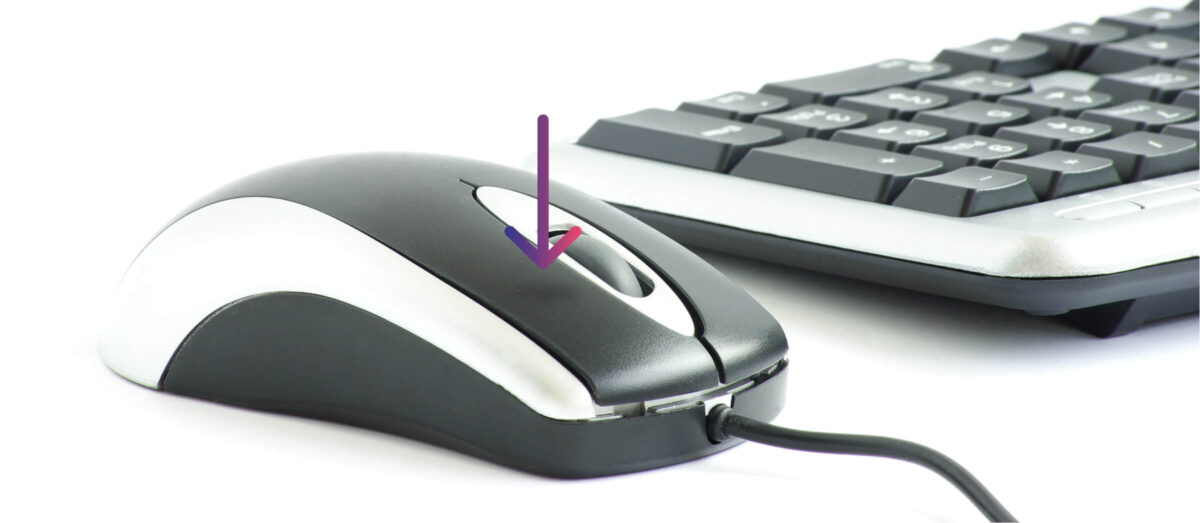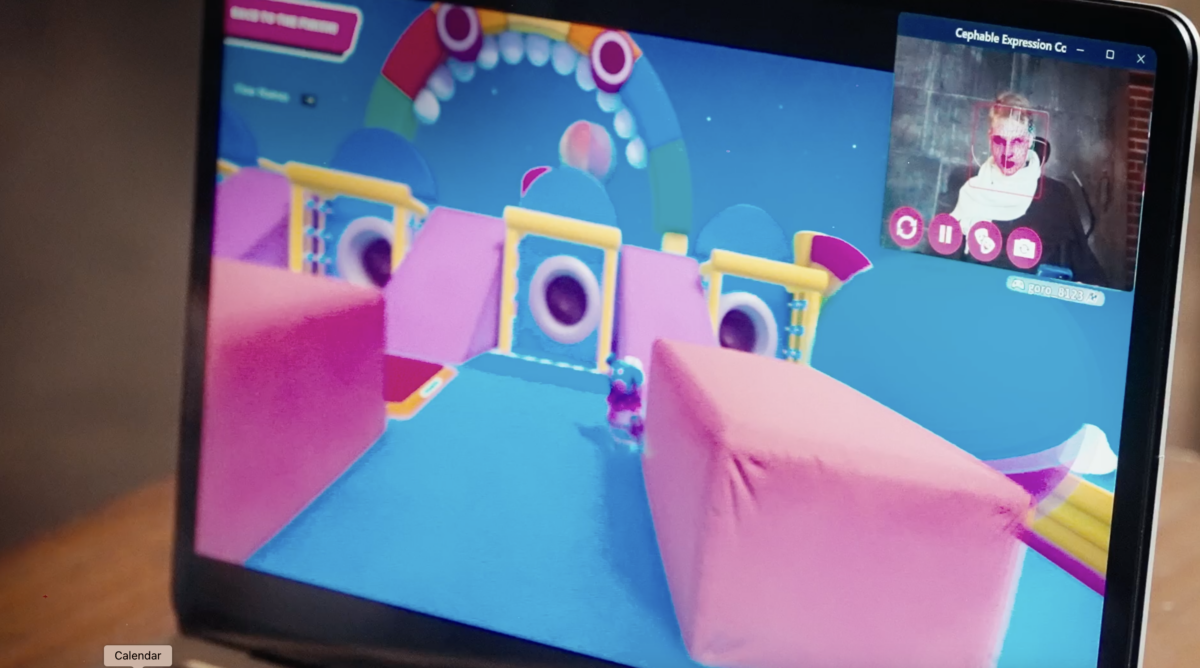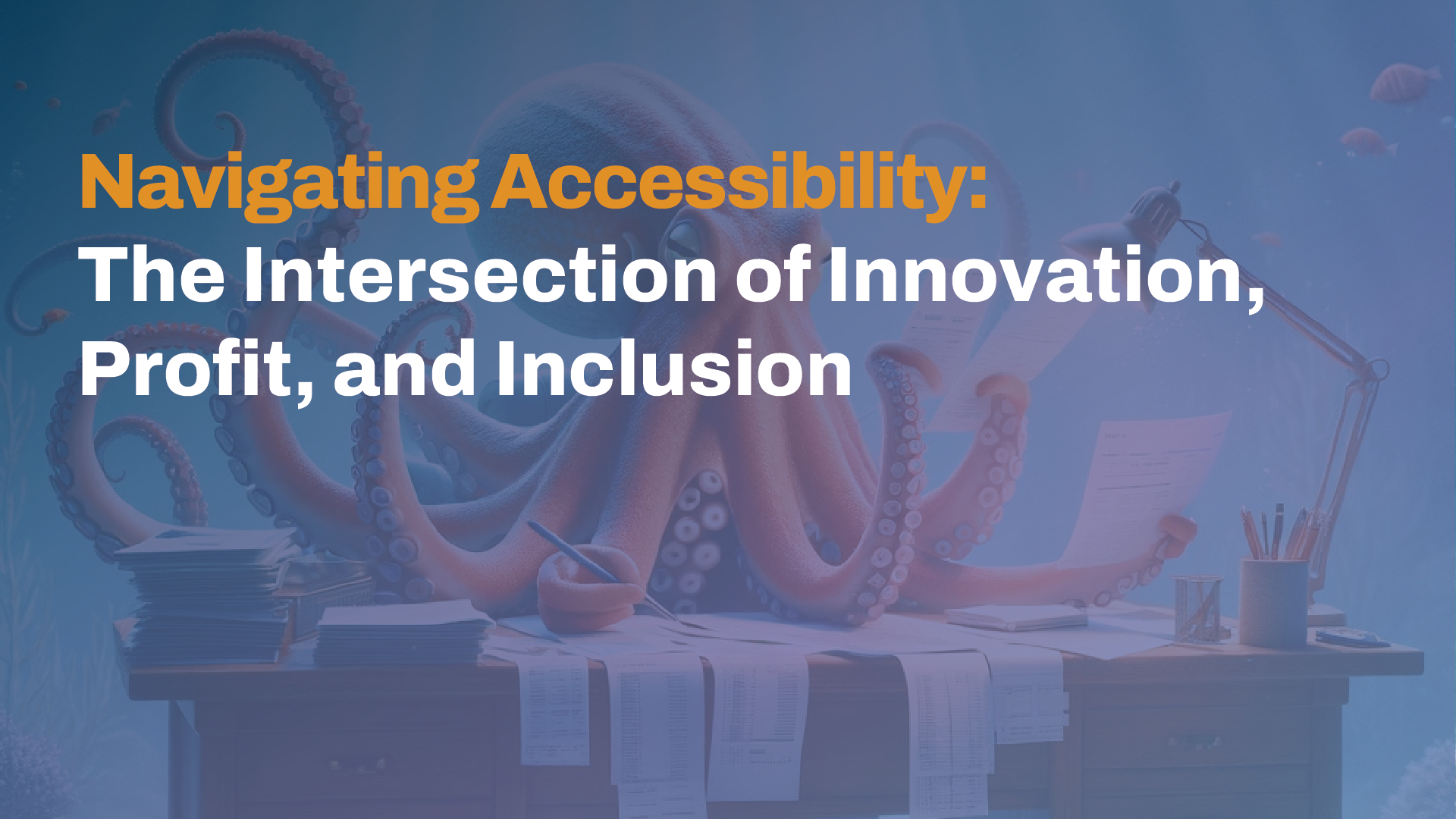How do we get unstuck from technology that doesn’t improve the way more people move through their lives?
“We are stuck with technology, when what we really want is stuff that works,” a quote from Douglas Adams, the English humorist and author most known for “Hitchhikers Guide to the Galaxy“, could not be more relevant to the ways people with disabilities are forced to adapt to technology that’s never been designed with disability in mind.
According to the World Health Organization and the CDC, 16% of the world’s population, and 26% of the U.S. population, have a disability. That’s 1 in 7 adults – the world’s largest minority group – are connected to a community for which the world isn’t designed. But it can be. Accessibility innovation remains critically underfunded by far too many enterprises and there is far too much tech that doesn’t really work for people with disabilities, at least in ways that seem fun or fair. All of this means that Douglas Adams insights feel more relevant than ever.
So, how do we get unstuck from technology that doesn’t improve the way more people move through their lives?
The answer is that we begin to plan for it, design for it, and end the need to question the inherent benefit of accessibility-by-design. The truth about accessibility is that both innovation and profit exist inside inclusion investments. Research shows that the more accessible a product is from its inception, the easier it will be to use for 100% of consumers, and fewer redesigns are needed, effectively extending a product’s lifespan. The truth of the matter is that while accessibility is essential for some people, it is useful for everyone.
Accessibility is not just “access to” but also the “usability of” things. More acutely, it is the opportunity to have command over a product, service, or facility to the maximum extent possible. This can be fully realized when the needs of people with disabilities are considered in all phases of design.
As Cephable grows, we want these blogs to become an open conversation with our users and our customers to talk about the important issues on our minds, and yours. For example, you will hear our team talk a lot about the “disability tax”. The disability tax is the idea that consumers with disabilities are forced to pay exorbitant amounts because of the need to buy additional tools and resources to achieve a similar digital experience as non-disabled counterparts. Thoughtful accessibility-by-design should end or at least drastically reduce the unfair burden of the disability tax.
Too often people with disabilities are forced to move through a world – both digital and physical – that provide daily reminders of being “othered” or pushed to conform to the way our world typically functions. It’s not the way the world should be, and it’s not the way the world has to be if universal design is more wholly adopted by business. The brilliant disability advocate, Stella Young, said, “My wheelchair is not the problem. The problem is that some architect sat in a room and only drew a set of stairs.”
Cephable’s Approach to Accessibility
It is why Cephable is working to create a paradigm shift. By offering our software for free to users, we directly combat the disability tax and hefty out-of-pocket prices. Put simply, we know it isn’t fair, it undermines the buying power, the growth, and the recognition that disabled users are valuable consumers that businesses should be leveraging to grow market share.
A tagline that is gaining momentum states, “The future is accessible.” While we believe in the sentiment, and our work is a part of advancing that future, we understand the growing frustration people have in waiting for “tomorrow” to arrive. The prevalence of accessible technology should not be standing in the wings of some unknowable timeline, it should be available in our present world and much, much easier to find and to afford. Cephable believes disabled users have the right to expect products and platforms that are beautiful to use, enjoyable, and accessible – for everyone. We also believe companies benefit from a focus on increasing their disability market share and employee base.
Almost 97% of corporate websites have failed accessibility reviews in the past year, and 66% of disabled users have felt frustration and exclusion to the point of abandoning a media and entertainment feature that is inaccessible to them.
Additionally, research shows that this overlooked consumer market has money to spend and brand loyalty that is up for grabs. In 2021, e-commerce retailers lost an estimated $828 million over the holiday season because of inaccessible shopping experiences. Simply put, businesses can’t afford to ignore this issue.
Three solutions companies can take to advance their inclusion profits and positively impact disabled consumers and employees:
- Examine Leadership Representation: Increasing the representation of disabled executives in corporate leadership is a crucial step to ensure that the disability experience is a part of the company’s decision-making. It’s imperative to good accessibility and innovation that the disability voice is a part of planning and designing the company’s primary business objectives. Additionally, companies should consider developing an executive-level role responsible for the company’s accessibility innovations that report through technology or business divisions.
- Commit to Accessibility Investments: Accessibility shouldn’t have to wait for best intentions to be realized – it can become a part of best practices with any addition of a new digital platform, service, or tool. Commit that the planning and implementation of any new digital product will have an earmarked percentage for inclusive design.
- Listen to Employees & Customers: It is imperative that disabled people are a part of early testing and that their user experience is a part of the accessibility-by-design process. User testing feedback needs to be integrated from the outset with the necessary infrastructure put in place to do so smoothly.
The voice of the disabled consumer is getting louder, and the global community is getting larger – and by responding to these demands, business has the power to lead the way in acknowledging the importance of recognizing this underrepresented market’s ability to dictate trends. We know change does not happen overnight, but the business case for inclusion has been settled, and the time for good intentions to transform into implementation is now.
Get In Touch
Our team can help you learn more about integrating with Cephable.
Enabling people to move beyond keyboard and mouse with the capabilities they have.
Cephable turns any input into any output.
